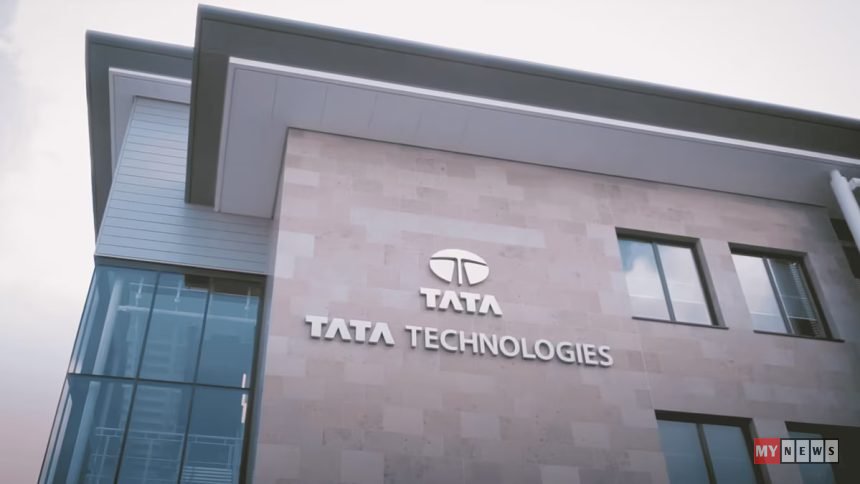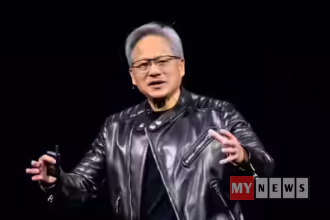In a strategic shift reflecting evolving immigration dynamics, Tata Technologies US Hiring 2025 highlights the company’s decision to increase local recruitment across the United States. This move comes as President Donald Trump’s administration pushes forward with steep H-1B visa fee hikes, affecting Indian tech firms and engineering service providers that rely heavily on skilled visa holders.
The development marks a pivotal moment for Tata Technologies — a global engineering solutions firm adapting its workforce strategy to align with new U.S. labor priorities.

Tata Technologies Responds to US Visa Reforms
The H-1B visa program, long used by major corporations like Amazon, Meta Platforms, and Microsoft, is a cornerstone for bringing international talent into the American tech ecosystem. However, the new visa fee proposal aims to limit dependency on foreign professionals by making applications significantly costlier.
Speaking to Reuters, Warren Harris, CEO and Managing Director of Tata Technologies, emphasized the company’s proactive response:
“As we react and respond to changes in legislation around visas, it will mean recruiting more local nationals in the United States.”
According to official U.S. data, Indian professionals represent nearly 75% of H-1B beneficiaries — making the policy especially impactful for Indian IT and engineering firms.
Company Overview and US Market Significance
Headquartered in Pune, India, Tata Technologies delivers advanced engineering, product design, and digital transformation services to automotive, aerospace, and industrial clients worldwide.
The company employs over 12,000 professionals across 25+ countries, with a notable footprint in North America. The U.S. contributes nearly 20% of its annual revenue, which stood at ₹51.68 billion ($587.97 million) for FY2024–25.
Clients include Jaguar Land Rover, VinFast, and Boeing — major players that depend on Tata Technologies for cutting-edge mobility and design solutions. Interestingly, over 70% of the company’s employees in the U.S., UK, China, and Sweden are already locals, and this figure is set to rise further.
🔗 Internal Link: Read related coverage on India’s tech employment trends.
Strategic Expansion and Financial Strength
Despite market volatility from trade policies and tariffs, Tata Technologies maintains an optimistic outlook for the U.S.
“That market continues to be vibrant and important,” Harris stated. “We anticipate growth in the next six to nine months as customers adjust to the new tariff regime.”
Beyond hiring, the company is expanding through acquisitions. In 2024, Tata Technologies acquired Germany’s ES-Tec Group for €75 million ($87.47 million), enhancing its expertise in digital mobility and automotive R&D.
On the financial front, Tata Technologies reported a 5% quarterly profit rise, reflecting its operational resilience amid global disruptions.
🌐 External DoFollow Link: Learn more about Tata Technologies’ global operations on their official website.
Global Impact of the US Hiring Shift
The Tata Technologies US Hiring 2025 strategy underscores how Indian companies are localizing operations to navigate global policy shifts. This approach offers dual advantages — compliance with U.S. labor laws and deeper engagement with local communities.
Industry experts suggest that such localization can also enhance brand reputation and ease client acquisition, especially among American manufacturers seeking regionally embedded partners.
Moreover, the move positions Tata Technologies as a forward-thinking enterprise capable of balancing “Make in India” innovation with “Work in America” integration — a model increasingly favored by global regulators.
Conclusion
The Tata Technologies US Hiring 2025 initiative represents more than a policy reaction — it’s a strategic evolution. By investing in local talent while expanding its technological capabilities, Tata Technologies is aligning itself with the next phase of global mobility engineering.
As immigration norms tighten and costs rise, other Indian tech giants may follow a similar path — emphasizing localized growth and international collaboration.
⚠️ Disclaimer: This article is for informational purposes only. Investors and professionals should verify all details through official company filings and government notifications.












